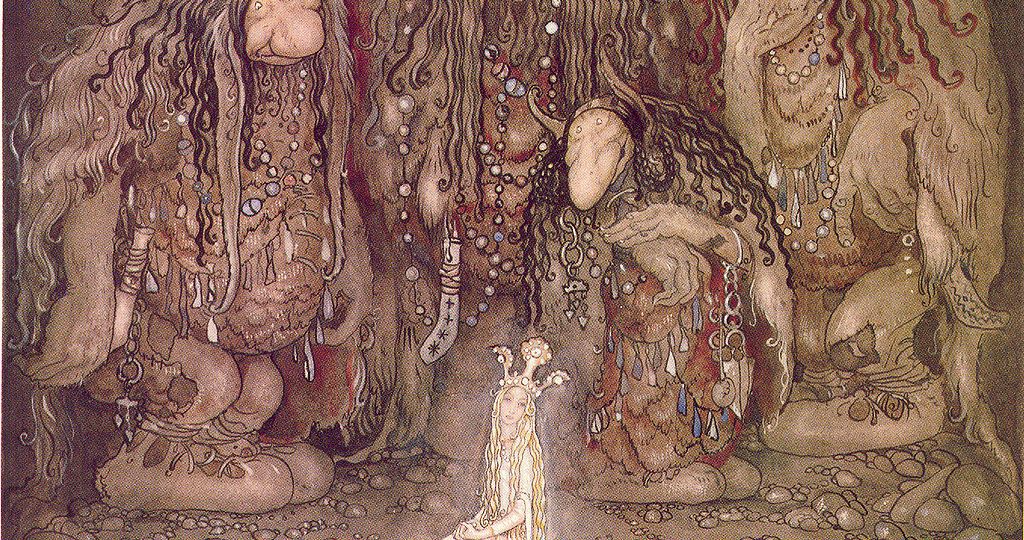
Thinking about the connections between beauty and sexuality, I couldn’t help but refer to the cultural scholar Susan Sontag’s 1964 essay “Notes on Camp” . Sontag describes camp as a sensibility, a way of seeing the world, an aesthetic that has a special connection with homosexuals, although not exclusive to homosexual identity. She traces the history of camp to an urban European elite and their preferences in art, architecture, theatre, music etc. She writes, “…Indeed the essence of camp is the love of the unnatural: of artifice and exaggeration. And camp is esoteric — something of a private Code, a badge of identity even, among small urban cliques.”
Sontag associated camp with being playful, anti-serious, with a flair for the theatrical, and as neutralising moral indignation, an aesthetic she links with the desire of homosexuals to remain youthful. Sontag distinguishes between dandy and camp, the former being disdainful of mass culture and the latter having no such issues. Camp culture, observes Sontag, transcends the nausea of the replica.
As Sontag points out, camp is a mode of enjoyment, not judgment. It is intrinsically generous, and is a form of love for human nature, it relishes the awkward intensities of character. Central to camp is a tenderness of feeling and love that has gone into certain objects and personal styles. We often think of taste and sensibility as secondary, and it may even be seen as politically incorrect to favour form over substance. Sontag contests this reading. She argues that to patronise the faculty of taste is to patronise oneself. Sontag points out that taste governs every free human response. “Nothing is more decisive. There is taste in people, visual taste, taste in emotion – and there is taste in acts, taste in morality. Intelligence, as well, is really a kind of taste: taste in ideas…Taste has no system and no proofs. But there is something like a logic of taste: the consistent sensibility, which underlies and gives rise to a certain taste. A sensibility is almost, but not quite, ineffable. Any sensibility which can be crammed into the mould of a system, or handled with the rough tools of proof, is no longer a sensibility at all. It has hardened into an idea . . .”, she writes.
If one were to think of the ideas that are being debated online today, one thinks not just about the harsh and threatening forms of online abuse that is freely dished out, but also about the sensibility of this engagement. We commonly refer to these online attacks as trolling and those who indulge in these attacks as trolls. The word is based on characters from Norse and Dane mythology called ‘trolds’ – ugly cave dwelling creatures usually depicted as giants or dwarfs. Trolling online has come to refer to making deliberately offensive or provocative posts online. While this in itself is not a problem, and can bee seen as part of the noisy deliberative online space, the problem arises when trolling moves into the territory of bullying, harassment and threats of violence, which are often gendered.
This is the ugly side of the Internet. As the world becomes more polarised in its views, suffused with disinformation, vitriol, hate speech, and organised troll attacks, many have called for urgent action. Germany, for instance has passed a law called NetzDG that makes platforms such as Facebook legally responsible for any content that violates German law. After immense pressure from civil society in the United States, Facebook and Twitter have begun blocking and removing accounts in the United States of those they have found to be deliberately trying to influence the outcome of elections through coordinated misinformation campaigns.
The scholar Siva Vaidyanathan, in his book Antisocial Media[1]argues that it is the business models of large internet platforms such as Facebook that are to blame, as they are based on advertising models which encourage the dissemination of material that is more likely to be read and circulated. This material more often than not is in the nature of misinformation and hate speech. Internet platforms, including Facebook Twitter, and WhatsApp are attempting to correct these systemic flaws, using technological and design related methods. For instance, WhatsApp, in response to criticisms around mob lynchings in India, has made it a little more difficult to forward messages to large numbers of people.
Besides thinking about design and technological interventions by Internet platforms, and state interventions such as law and policy, we need to re-imagine civil society’s role in this increasingly polarised atmosphere. One way of thinking about this is to build stronger alliances and solidarities that can respond effectively to trolling. Another way of responding could be to ensure better support systems for those who find themselves at the receiving end of trolls. Who knows, maybe what we really need is a camp sensibility that will help us retain a sense of humour, be less judgmental, and help bring a lightness of touch, a sense of generosity, and tenderness to our responses.
—-
[1]Siva Vaidhyanathan, Antisocial Media: How Facebook Disconnects Us and Undermines Democracy, New Delhi: Oxford University Press, 2018.